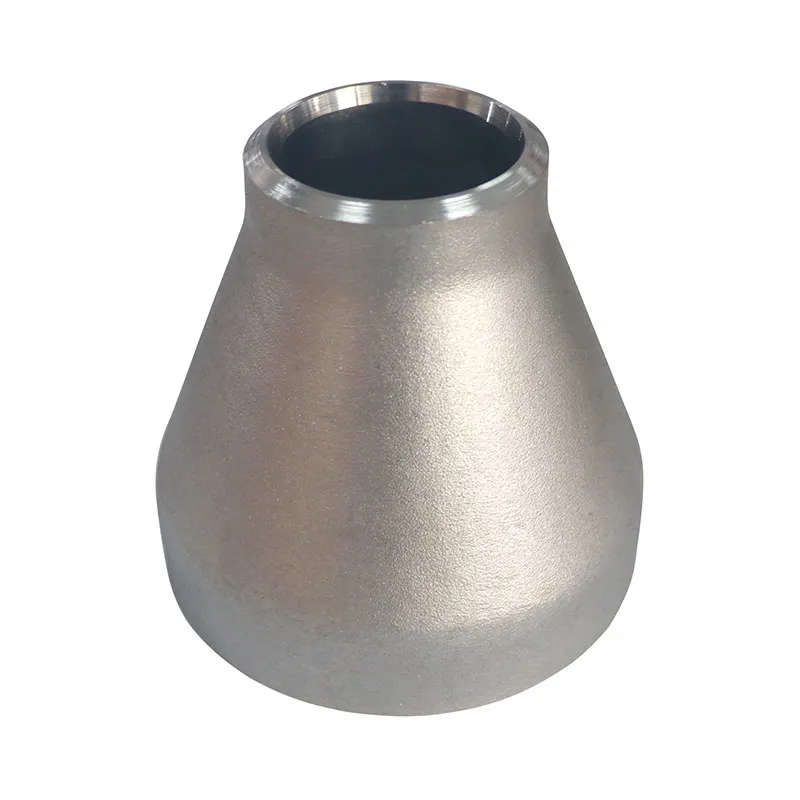-
Cangzhou Yulong Steel Co., Ltd.
-
Phone:
+86 13303177267 -
Email:
admin@ylsteelfittings.com
- English
- Arabic
- Italian
- Spanish
- Portuguese
- German
- kazakh
- Persian
- Greek
- French
- Russian
- Polish
- Thai
- Indonesian
- Vietnamese
- Zulu
- Korean
- Uzbek
- Hindi
- Serbian
- Malay
- Ukrainian
- Gujarati
- Haitian Creole
- hausa
- hawaiian
- Hebrew
- Miao
- Hungarian
- Icelandic
- igbo
- irish
- Japanese
- Javanese
- Kannada
- Khmer
- Rwandese
- Afrikaans
- Albanian
- Amharic
- Armenian
- Azerbaijani
- Basque
- Belarusian
- Bengali
- Bosnian
- Bulgarian
- Catalan
- Cebuano
- China
- China (Taiwan)
- Corsican
- Croatian
- Czech
- Danish
- Esperanto
- Estonian
- Finnish
- Frisian
- Galician
- Georgian
- Kurdish
- Kyrgyz
- Lao
- Latin
- Latvian
- Lithuanian
- Luxembourgish
- Macedonian
- Malgashi
- Malayalam
- Maltese
- Maori
- Marathi
- Mongolian
- Myanmar
- Nepali
- Norwegian
- Norwegian
- Occitan
- Pashto
- Dutch
- Punjabi
- Romanian
- Samoan
- Scottish Gaelic
- Sesotho
- Shona
- Sindhi
- Sinhala
- Slovak
- Slovenian
- Somali
- Sundanese
- Swahili
- Swedish
- Tagalog
- Tajik
- Tamil
- Tatar
- Telugu
- Turkish
- Turkmen
- Urdu
- Uighur
- Welsh
- Bantu
- Yiddish
- Yoruba

Nov . 09, 2024 12:06 Back to list
Equivalent Flange Standards EN1092-1 PN40 Specifications and Applications
Understanding EN 1092-1 PN40 Flanges A Comprehensive Overview
In the world of industrial piping and fluid mechanics, flanges play a crucial role in connecting pipe sections, valves, and fittings. Among the various standards governing flange dimensions and specifications, EN 1092-1 is one of the most recognized and widely adopted standards in Europe and beyond. This article will explore the key features, applications, and benefits of EN 1092-1 PN40 flanges, helping to illuminate their significance in industrial settings.
What is EN 1092-1?
EN 1092-1 is a European standard that specifies the dimensions, mechanical properties, and requirements for flanges used in piping systems. This standard is essential for ensuring the compatibility and interoperability of flanges across different manufacturers and industries. The EN in the title refers to the European Norm, highlighting its adoption across various sectors within Europe.
The designation PN stands for pressure nominal, which indicates the pressure rating of the flanges. In this case, PN40 denotes that the flange is rated for a maximum working pressure of 40 bar (approximately 580 PSI) at a specific temperature. Understanding this rating is crucial for engineers and designers as it directly impacts the choice of materials and designs for any piping application.
Key Features of EN 1092-1 PN40 Flanges
1. Dimensions and Sizes EN 1092-1 flanges come in various sizes, allowing for flexibility in application. The standard provides detailed dimensions for different flange types, including weld neck, slip-on, blind, and threaded flanges. Each type has its specific use cases, with weld neck flanges often preferred for high-pressure applications due to their strength.
2. Material Specifications The flanges can be manufactured from various materials, including carbon steel, stainless steel, and alloy steel. The choice of material is influenced by the medium being transported, operating temperature, and environmental conditions.
3. Face Types EN 1092-1 flanges can feature different face configurations, including raised face (RF), flat face (FF), and ring-type joint (RTJ). The face type is chosen based on the application requirements, with raised faces being common in high-pressure applications to ensure a tight seal.
4. Bolt Pattern The standard specifies the bolt hole diameter and spacing, ensuring compatibility between different flange types. This is critical for the assembly and maintenance of piping systems, as it minimizes the risk of leaks and equipment failure.
Applications of EN 1092-1 PN40 Flanges
EN 1092-1 PN40 flanges are utilized in a wide range of industrial applications. Some prominent areas include
en1092 1 pn40

- Petrochemical Industry In refineries and chemical plants, flanges are integral to connecting pipes and valves that transport various chemicals and hydrocarbons under high pressures.
- Water Treatment Facilities Flanges are essential in water distribution systems and treatment facilities, where they help in building robust pipelines that can withstand significant pressure.
- Power Generation In power plants, especially those utilizing steam, flange connections are crucial for maintaining the integrity of high-pressure steam lines.
- Marine Applications Shipbuilding and maritime engineering also rely on flanges to create secure and leak-proof connections in fuel and water systems.
Benefits of Using EN 1092-1 PN40 Flanges
1. Standardization The EN 1092-1 standard ensures that flanges are manufactured to consistent specifications, making it easier to source parts and maintain systems.
2. Safety With defined pressure ratings, engineers can choose appropriate flanges that prevent catastrophic failures, ensuring safety in operations.
3. Versatility The availability of different types and materials allows for a wide range of applications, making EN 1092-1 PN40 flanges suitable for various industrial needs.
4. Ease of Installation and Maintenance The standardized dimensions and bolt patterns simplify the installation process and ease maintenance duties, reducing downtime and operational costs.
Conclusion
EN 1092-1 PN40 flanges are a vital component in modern industrial piping systems, combining standardized dimensions with robust performance characteristics. Their use across various sectors underscores their importance in maintaining safety and efficiency in fluid transport. As industries continue to evolve, the reliance on standards like EN 1092-1 will remain crucial in ensuring compatibility, safety, and operational excellence. Understanding these flanges is essential for engineers, designers, and maintenance teams dedicated to optimizing their systems and ensuring seamless operations.
Latest news
-
ANSI 150P SS304 SO FLANGE
NewsFeb.14,2025
-
ASTM A333GR6 STEEL PIPE
NewsJan.20,2025
-
ANSI B16.5 WELDING NECK FLANGE
NewsJan.15,2026
-
ANSI B16.5 SLIP-ON FLANGE
NewsApr.19,2024
-
SABS 1123 FLANGE
NewsJan.15,2025
-
DIN86044 PLATE FLANGE
NewsApr.19,2024
-
DIN2527 BLIND FLANGE
NewsApr.12,2024
-
JIS B2311 Butt-Welding Fittings LR/SR 45°/90° /180°Seamless/Weld
NewsApr.23,2024











